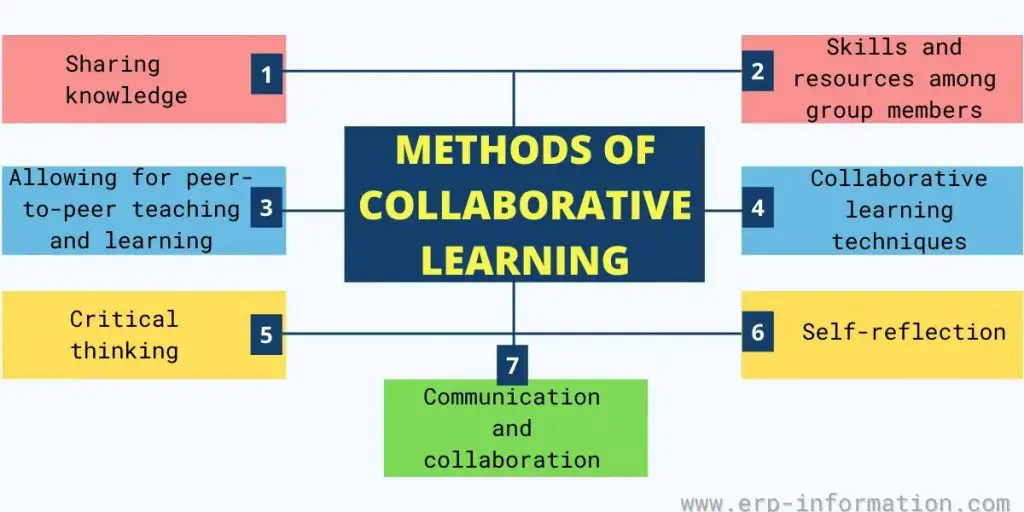
Cloud-based technologies are reshaping the educational experience by offering more accessible, adaptable, and cost-efficient learning environments. Educational institutions and e-learning platforms are increasingly utilizing cloud services to promote collaboration, store instructional content, and provide learners with round-the-clock access to resources from any location. Simultaneously, robotics is playing an expanding role in STEM education—bringing hands-on, experiential learning into classrooms to teach coding, engineering principles, and problem-solving skills, effectively preparing students for the future of work in a tech-driven world.
Expanding Access to Learning Resources
One of the biggest advantages of cloud computing is its ability to make education accessible to anyone with an internet connection. Cloud-based platforms like Google Classroom, Microsoft OneDrive, and AWS Educate allow students and teachers to store, access, and share educational content in real-time. This eliminates the need for expensive physical textbooks and enables students in remote or underserved areas to access the same quality of education as those in well-funded institutions.

Furthermore, cloud-based Massive Open Online Courses (MOOCs) like Coursera, edX, and Khan Academy offer free or affordable learning options to millions around the globe. These platforms leverage cloud storage to deliver lectures, assignments, and interactive forums, allowing students to study flexibly and without location constraints. Among these, some of the best free online learning platforms for self-education provide accessible resources that empower individuals to develop new skills and knowledge independently, anytime and anywhere.
Enhancing Collaboration and Flexibility
Cloud computing fosters real-time collaboration among students and educators. Cloud-based tools like Google Docs, Zoom, and Slack enable seamless group work, discussions, and remote learning experiences. Students can work on projects simultaneously, receive instant feedback from teachers, and engage in virtual classrooms without needing to be physically present.

Cloud technology is helping educational institutions optimize administrative tasks by enabling tools such as automated grading, digital attendance systems, and cloud-based student information management. These innovations reduce manual paperwork, improve workflow efficiency, and free up educators to concentrate more on teaching. At the same time, AI-driven chatbots are reshaping student support by offering immediate, around-the-clock assistance for academic, administrative, and personal inquiries—enhancing the overall student experience and access to help.
Challenges and the Future of Cloud-Based Education
While cloud computing offers numerous benefits, challenges such as internet connectivity issues, data security, and privacy concerns remain. Not all students have access to high-speed internet, making it difficult for some to fully benefit from cloud-based learning. Additionally, schools must implement strong cybersecurity measures to protect student data from cyber threats and unauthorized access.

Despite existing challenges, the outlook for cloud computing in education remains bright. Innovations in AI-enhanced cloud services, stronger data encryption, and improved offline access are set to boost both accessibility and security. As a growing number of institutions implement cloud-based learning models, education will become increasingly personalized, efficient, and inclusive. Moreover, the integration of IoT technologies in smart classrooms and digital learning environments is enhancing real-time interaction, enabling seamless device connectivity, and creating more engaging and adaptive learning experiences.
Conclusion
Cloud computing is revolutionizing education by expanding access to learning resources, enhancing collaboration, and improving administrative efficiency. While challenges exist, ongoing advancements in technology will continue to bridge the accessibility gap, making quality education available to learners worldwide. The future of education lies in the cloud, providing a more flexible, scalable, and inclusive learning environment.